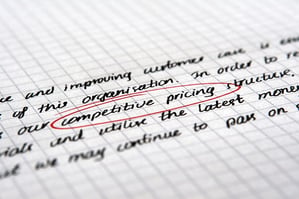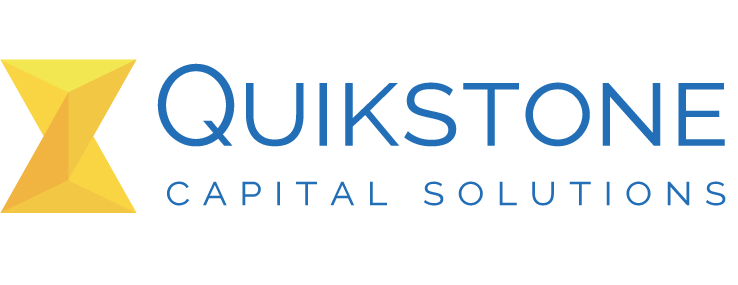 The goal of business is to make a profit. Many small businesses fail at this because they don’t know how to price their products or services, but pricing is the critical element to achieving a profit, a factor that all firms can control. If you’re a startup or are revisiting your pricing strategy, here are some suggestions from industry experts and small business owners to help you get the price right.
The goal of business is to make a profit. Many small businesses fail at this because they don’t know how to price their products or services, but pricing is the critical element to achieving a profit, a factor that all firms can control. If you’re a startup or are revisiting your pricing strategy, here are some suggestions from industry experts and small business owners to help you get the price right.
Understand Service Costs and Their Impact on Pricing
Every service has different costs. Many small service firms fail to analyze their services' total cost and thus fail to price them profitably. By analyzing the cost of each service, prices can be set to maximize profits and eliminate unprofitable services.
Components to understand and analyze are:
- Material costs
- Labor costs, including, but salaries plus benefits
- Overhead costs. Any cost not readily identifiable with a particular product is overhead. Taxes, rent, insurance, marketing and transportation are all overhead. Part of the overhead costs must be allocated to each service performed or product produced and must be adjusted annually.
What are your Competitors Charging?
 Pricing isn’t just about making a profit and covering your operating expenses, it’s also about where you want to position yourself in the marketplace, explains Scott Gerber, host of Inc.com’s Ask Gerber. Where do you want your brand to be in the grand scheme of things? Perhaps you want to be the high-end competitor to someone who’s at the low-end of the market, or the reverse. The key, as Gerber suggests, is figuring out what’s going to get you the best penetration in the market as fast as possible, and broadening your client base according to what your competitors are not doing with their pricing models.
Pricing isn’t just about making a profit and covering your operating expenses, it’s also about where you want to position yourself in the marketplace, explains Scott Gerber, host of Inc.com’s Ask Gerber. Where do you want your brand to be in the grand scheme of things? Perhaps you want to be the high-end competitor to someone who’s at the low-end of the market, or the reverse. The key, as Gerber suggests, is figuring out what’s going to get you the best penetration in the market as fast as possible, and broadening your client base according to what your competitors are not doing with their pricing models.
Tip: Do not try to compete with a large store's prices. They buy in larger volumes and their cost per unit is less. Instead, highlight other factors, like customer service.
Take Advantage of Front-end, Back-end and/or Tiered Pricing
This is a common tactic for structuring your pricing model. Gerber suggests thinking of a car dealership. A sales rep knows he has multiple options for generating revenue from every customer who walks onto the lot. So the rep has the advantage of not only locking the customer down on a price for a car (the front-end pricing), but can also be pretty sure that the customer is going to pay more on top of that price for financing options and other add-ons – whether they anticipated this or not. Consider this the back-end pricing option. Bundled together, they equate what is also known as tiered pricing.
Tip: Think of ways you can tier your small business’ pricing structure to sell people early on the notion of a price, and then add options that ultimately will help you increase your bottom line.
Understand your Conversions and Metrics
Make sure you know how much you’re actually making on a particular product or service so you can figure out if that’s the right fit for that product. As an example, Gerber explains, if you’re selling only one out of 10 customers on a certain product, maybe that’s a sign that you’re pricing it too high. Consider the merits of dropping it by maybe 10-20 percent; you could increase the conversion rate by three or four times. The money you make on aggregate sales would be more than you’re making now on that one product. The bottom line is never assume things are okay as they are and can’t be done differently and perhaps more profitably.
Price Higher than you Think you Would
Not charging enough is a common problem for small businesses simply because they often don’t have the operational efficiencies of larger companies and frequently find that, whatever they sell, their costs are higher than they anticipated. Small businesses do have one advantage, though, and it’s one that justifies charging a higher price – service!
In many cases small business owners lack the credit or collateral to access the money needed to remain flexible. Quikstone Capital Solutions provides fast cash for businesses. A merchant cash advance from Quikstone Capital Solutions is a business loan alternative that can help your business thrive and prosper, whether you need cash to buy equipment, cash to renovate or expand, cash to purchase inventory, cash to advertise or cash for emergencies. Quikstone Capital Solutions can help provide you with the business capital you need. Contact us for a consultation today or simply click below.




